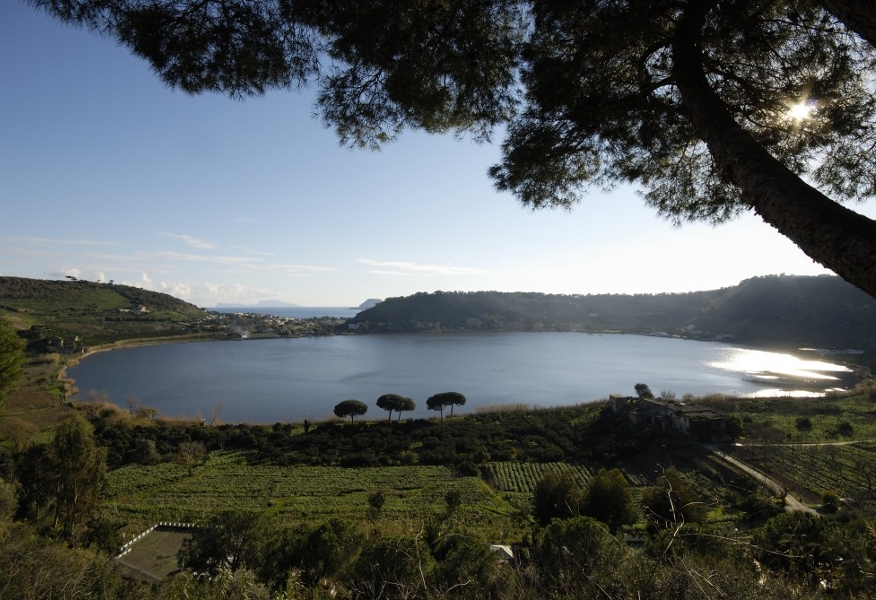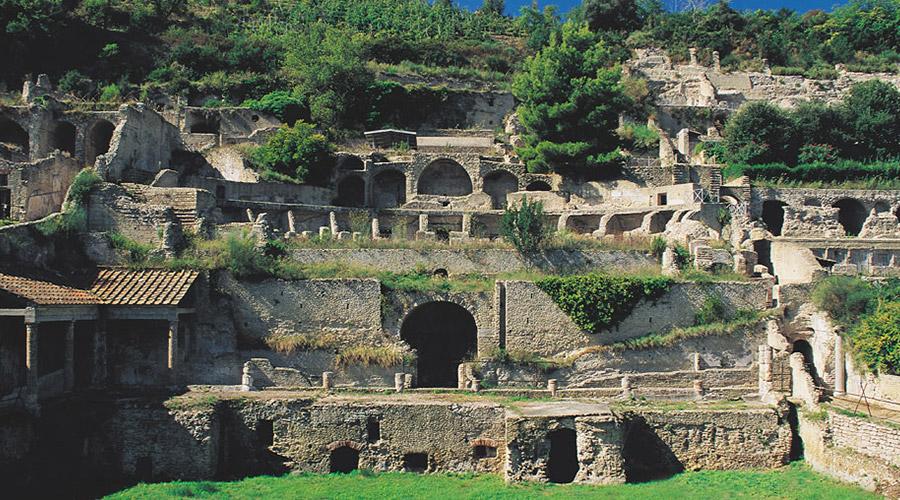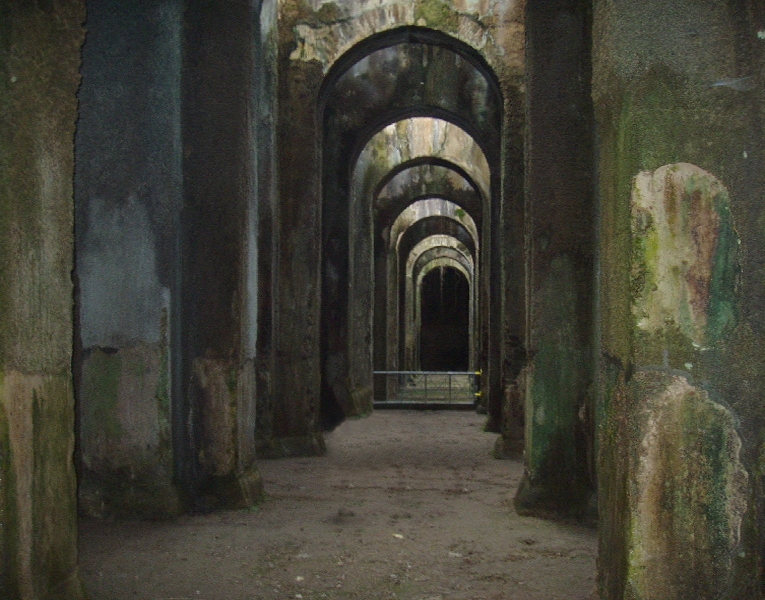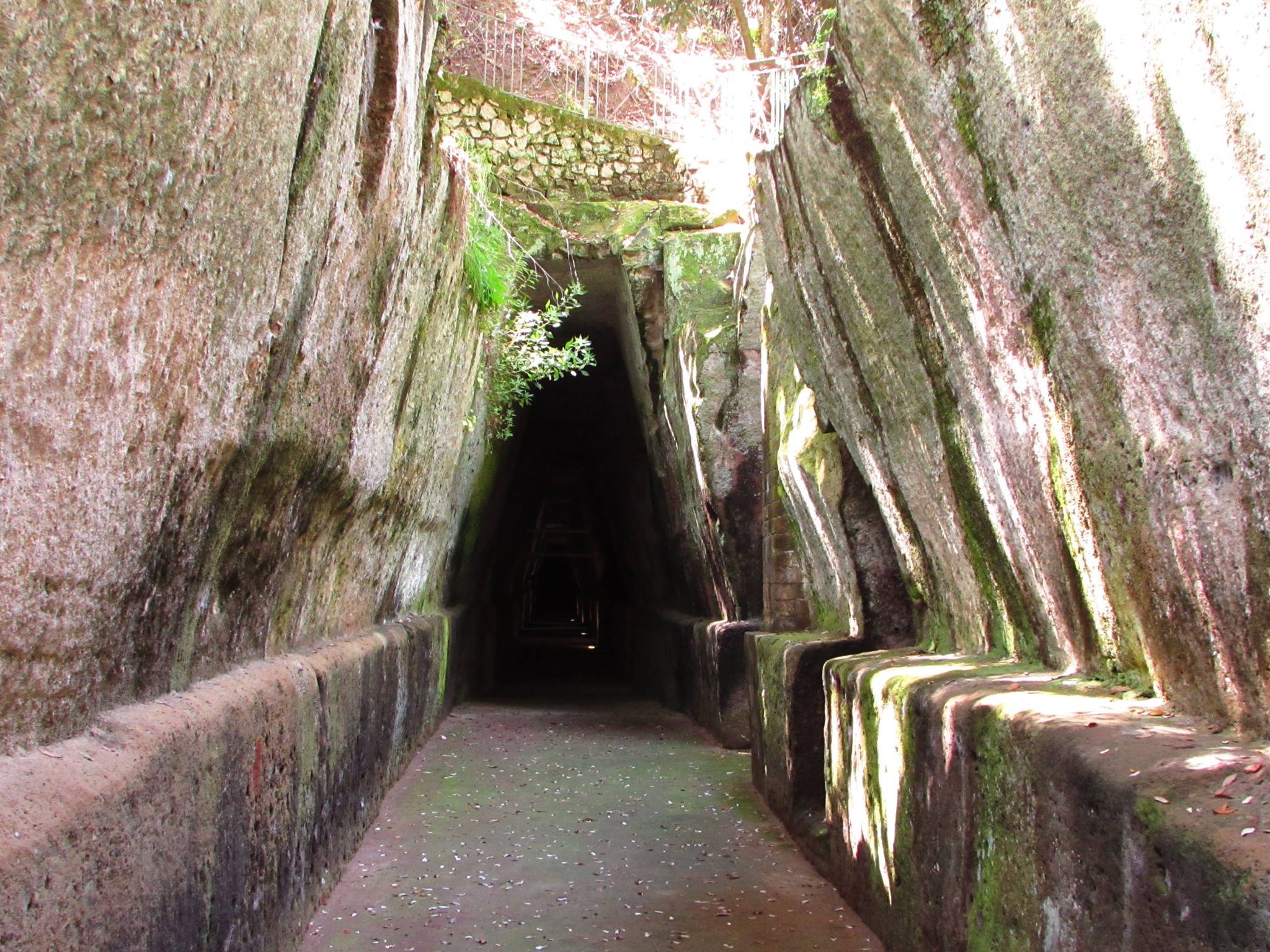The Greeks called the western area of Naples “Phlegraean
Fields”: the area goes from Posillipo to Cuma and includes Pozzuoli, Bacoli,
Monte di Procida and Quarto, and also the islands of Nisida, Procida, Vivara
and Ischia.
This area is characterized by fumaroles, thermal waters, extinct
volcanoes and lakes.
The Phlegraean Fields (from the Greek “flegraios”, meaning “fiery”) are
the place where the four elements of nature – fire, water, earth and air –
coexist in perfect harmony. The presence of those four elements is
also found in the myth and in the legends about these places, as
evidenced also by the great poems of Omero And Virgil.
If you want to have a tour in these fascinating and suggestive places,
you can rely on “La Terra dei Miti” company that gives
you the opportunity to find out the beauty of Phlegraean Fields and to
live a memorable experience.
So, let's find out some of these magical places together!
Lago d'Averno

The Lago d'Averno (Avernus Lake) is located in
a basin between Lucrino and Cuma. It is located in the crater of an extinct
volcano, dating back 4.000 years. The lake is surrounded by thick
vegetation: there are vineyards, maritime pines, willows, brooms and woods.
The air element already appears in the tradition. In fact, it is said
that carbonic acid fumes and gases of the water would have excluded any
form of bird life: the term “Averno” comes from the Greek “aornos” (meaning
“without birds”). Instead, many bird species currently inhabite this area.
There are also water and fire in the myth: according to the ancient
Greeks and Romans, across the lake you accessed to the so-called Underworld.
In the poem “Eneide” the famous poet Virgil describes this place as
“ingresso agli inferi” and Enea (the main character of the poem) will cross
this area.
In Roman times, upon Emperor Augusto's request, the politician and architect
Agrippa built a port complex near the lake: it's called “Portus Julius”.
Across the lake there are also the ruins of the “Tempio di Apollo”: a
majestic termal spa of Roman origin.
Terme di Baia

Baia (in ancient times,
“Baiae”), is where there were very therapeutic thermal waters. Baia was
the retreat holiday of the Roman aristocracy: there were thermal baths,
leisure facilities, libraries, gyms and gardens, according to the latin
principle “mens sana in corpore sano” (“a healthy mind in a healthy body”).
In this place, the natural elements water and earth combine: the “bradisismo”
(in the 3rd and 5th century AD) caused a lowering of the
soil and consequently many buildings collapsed below sea level and formed an underwater
park of great historical and natural value.
The Baia Archaeological Park extends for 40.000 square metres and
hosts the ruins of these buildings: spa and ancient Patrician's residences.
The
Park is divided into sections (Villa dell'Ambulatio, Terme di Mercurio, Terme
della Sosandra, Terme di Diana and Terme di Venere).
Piscina Mirabilis

The “Piscina Mirabilis” is the largest Roman water
cistern. It was built during Augustus age: it is carved into the tuff and
it is covered with a vault supported by many pillars that form five naves.
In ancient age, the cistern supplied the imperial Roman fleet docked at the
port of Miseno. The water came from Serino (in the Avellino area), traveled 100
kilometres (supplying Naples and the Phlegraean Fields) and finally
arrived in Miseno.
This ancient structure is now a “temple of water”: a very suggestive
archaeological site of great beauty.
Antro della Sibilla

The Antro della Sibilla (Sibyl's Cave) is located near the
Avernus Lake and it's the most famous site of the ancient Cuma. The cave was
carved into the tuff during the Augustus age and it consists of a
trapezoidal corridor over 130 meters long with side openings, from which air
and natural light entered. At the end of the corridor there is a rectangular
square. According to some scholars this place was a military building.
Legend tells that the cave was the place where the “Sibilla Cumana”, the
Priestess of Apollo, gave prophecies. In the myth, the earth and the air
elements coexist: the Sibilla used to write her prophecies on palm leaves.
Then the wind (arriving from the openings of the corridor) shuffled
the leaves and the oracles became “sibyilines” (“of doubtful
interpretation”). Virgil refers to Sybil as seer and Enea guide in the
realm of “Inferi”.
Sibyl's Cave is one of the most fascintaing and mysterious places in the
Phlegraean Fields.










Lascia un commento